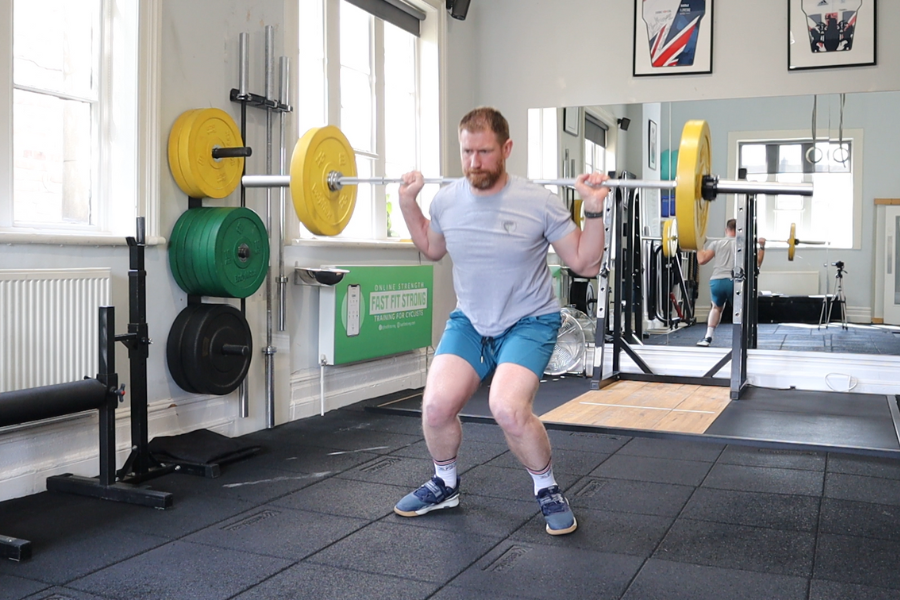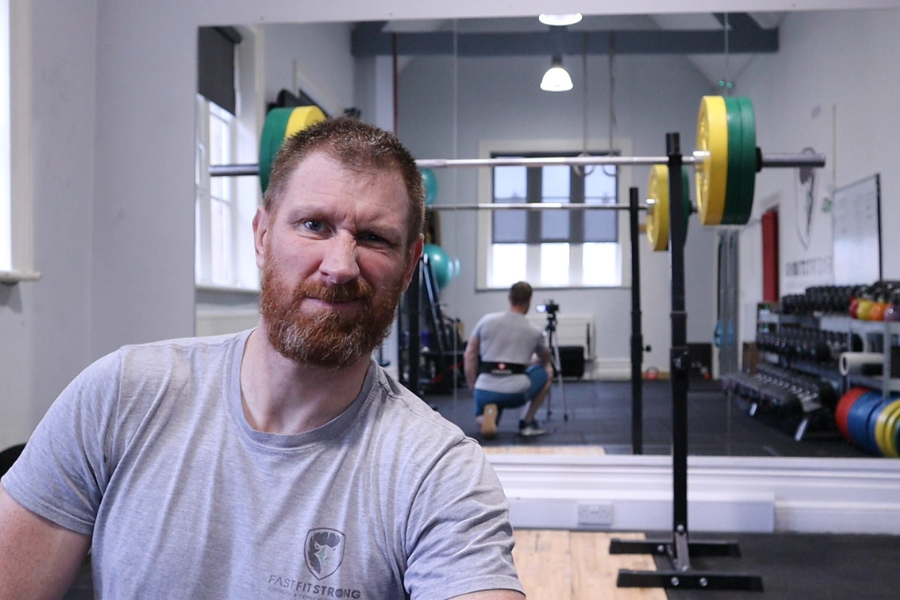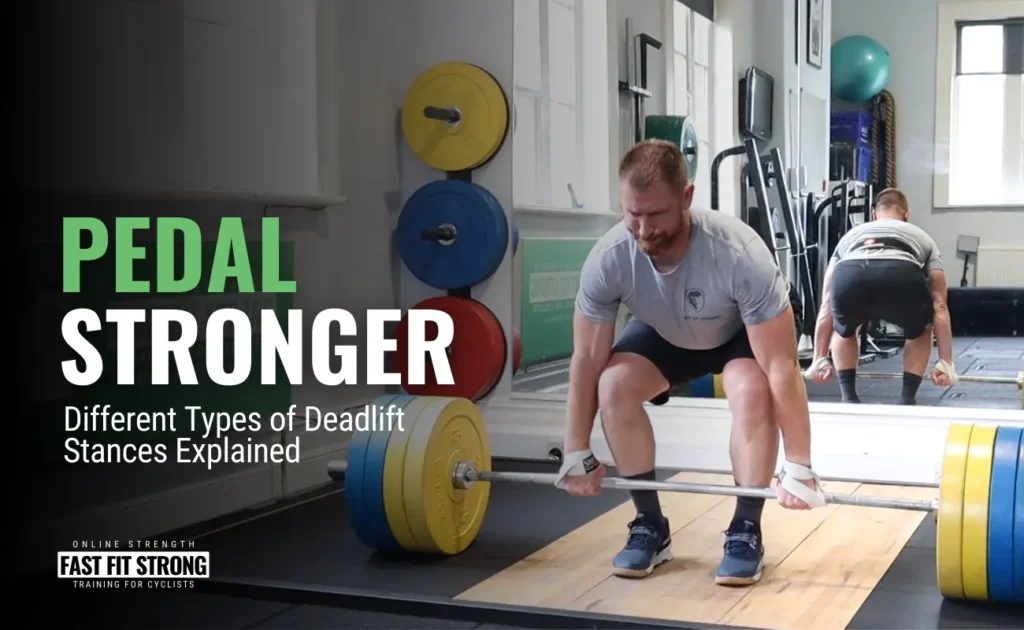Introduction
I am someone who’s failed. A lot!
That used to scare me, but what I’ve come to realise is it’s through failing that we learn to succeed. And the eventual success is all the sweeter because of it.
Nobody sets out (or wants) to fail, but accepting that the possibility of failure is there (or is even likely) is very different from not trying and allowing things to go wrong through lack of effort.
Once you understand that trying, but being unsuccessful, is a critical part of the learning process it produces an alternative mindset which allows you to grow and develop.
Over my coaching career I’ve had the fortune to work with many immensely talented athletes, some of whom succeeded and some of whom didn’t. It was surprising to some that many of the most talented athletes were in the group of those who didn’t “make it”.
I firmly believe that it was precisely because of their talent, and the easy success they had growing up, that they eventually failed. As the competition became tougher they were eventually faced with the fact that they weren’t the best anymore, their shortcomings (which they could previously mask) were magnified and when the inevitable fall came, they didn’t know how to handle it.
Rather than using that (small) failure to reflect and analyse in order to improve, they deflected, blamed other people and made excuses. They displayed a “fixed mindset” that was very hard to change.
So the key is to get comfortable with failure and learn to use it to better yourself. As Samuel Beckett said,
“Ever tried. Ever failed. No matter. Try Again. Fail again. Fail better.”
The question is how.
These 5 tips are things I’ve practised to help me become a better “black box thinker”…
Step #1: Try New Things

In sport (and in life), the most dangerous sentence you will hear is “this is the way it’s always been done”. Part of being successful is knowing what doesn’t work as much as knowing what does. In fact, what works may change given a different set of circumstances. You will only ever find these things out by trying something different.
That being said, remember that there are thousands of people that have become before you and the accepted way has become accepted for a reason. Don’t simply try something BECAUSE it’s new! Base your decisions on evidence and reason.
For example, most riders I know run a 4-week taper before an important race. That’s what they do and that’s what they’ve always done. Like the thousands of other riders who’ve done it before. Most successful riders have had a 4-week taper.
But is that right? For you?
Maybe a 2-week taper will leave you in a stronger position. If you don’t test it out, you’ll never know, but there is a chance it’s too short.
You’ll need to accept the possibility of failing to give yourself the chance of discovering what could be better. Think of all the weeks of training you’d regain!!
Step #2: Fail Hard & Fail Early

If you’re going to try something new, go all-in. You will learn nothing by being half-hearted or closed-minded.
If I go hard at the start of a ride, will that leave me too fatigued at the end?
There’s only one way to find out and you have to commit.
But, it’s probably not the best idea to test this theory during your most important ride of the year. Use earlier opportunities to eliminate as many “failures” as possible.
For me, this has hit home recently in other ways.
I have always been competitive and have used my physical talents to prove my worth to other people. I like to show off my times on the rower, skierg, bike, etc. I like to show how much I can lift, or how many reps I can do.
And it’s been the case that unless I knew I could hit those numbers I wouldn’t train…even though I knew it didn’t really matter; it’s always like I was looking to prove myself, which in the long run meant I struggled to get better particularly as I’m getting older).
Very recently I have begun to deliberately do poorly in an attempt to break this cycle. I’ve lifted well within myself, I’ve ridden easy, or short, or both. And it has meant that I’ve trained far more consistently and enjoyed it a lot more too. Even better is the fact that I’m now living true to my principles, which is that long-term consistency trumps short-term intensity every time.
Step #3: Reflect

As you improve, the failures and setbacks you experience will likely become more nuanced and, depending on the situation, multifaceted.
Only by taking time to reflect on what happened, why it happened and what you would do differently next time will you understand how you can improve. Otherwise, you will be far more likely to repeat the same mistakes again.
At the beginning of this article, I admitted that I’ve failed many times, but I very rarely have made the same mistake twice. I’m proud that I’ve consistently placed myself out of my comfort zone (tried new things), gone for it to the best of my ability (failed hard & early) and learned from the things I could have done better (reflection).
Personally, I reflect internally and make mental notes of what I should have done differently, or what I would do next time, but I also know of many people who reflect formally by writing things down. Do whatever works for you.
Top Tips for Self-Reflection.
Focus on the process, not the outcome – things may have gone badly for a multitude of reasons, including bad luck! Ask yourself whether you did the right things for the right reasons and if you did the same thing 100 times, how often would you be successful? Play the averages.
Did you do the right thing at the right time? – Without the benefit of hindsight and given the same information, would you have changed anything? Judging decisions based on the eventual outcome is a poor way to evaluate yourself; if you feel you made the best decisions you could have at the time, then perhaps the failure was because of poor execution, rather than the decision-making process. This is an important distinction to make, as it helps you decide where to focus your attention.
Finally, asking yourself the question “what would I do differently next time?” is an awesome thing to do because it prevents you from dwelling on the past and forces you to concentrate on the future. It also gives you ownership (which can be daunting because most people want to blame others for their failures), but taking ownership provides a sense of control and means there’s something you can do about it.
Step #4: Ask for Feedback

Self-reflection is an important part of the learning process, but nothing beats feedback from somebody else. Asking for constructive feedback from someone you trust will tell you what you need to hear, giving you the best possible chance to maximise the positive effects of your failure.
Here’s how to get the most from feedback:
Ask for it.
Being brave enough to ask somebody else to criticise you is a big step and not easy for people to do. Choose the right person and ask them honestly to give their opinion, don’t withhold any information.
In my experience, it’s best not to choose a feedback partner who is a friend, colleague or family member and they have a vested interest in your personal relationships which may encourage them to tell you what you “want” to hear rather than what you “need” to hear for improvement.
For my business, I used to meet with another strength coach and we’d act as feedback/accountability partners for each other. We were close enough to be friendly, but not so close that we couldn’t be totally honest with what we thought. We critiqued each other’s websites, program design, marketing and a lot more. I changed a lot of things from his feedback and it kept me accountable for doing what I said I would do. Thanks Yannis, I hope I did the same for you!
Here#s how to get the most out of external feedback:
Be open to it.
The right feedback partner won’t make you feel like you’re being judged or attacked but be prepared for some uncomfortable truths.
Resist the temptation to be defensive or offer excuses. This is how other people see you and your performances, so you have to be open to it if you are going to use it to improve.
Do something with it.
Although uncomfortable, the previous steps were the easy part. Now you have to do something with what you’ve learned.
Improvement comes from putting into practice what you’ve discovered. Come up with a plan and go deliver!
Conclusion
We all want to be successful and to think we can do it without failure is foolish. In fact, the people who recognise this and embrace failure with a positive mindset are the ones most likely to succeed in the end.
Learning from failure (ie failing better) is not negative; it provides you with the widest array of experiences and knowledge, opens up your mind to new possibilities, puts your performance under your control and builds resilience. It may be one of the most positive skills you can learn.




